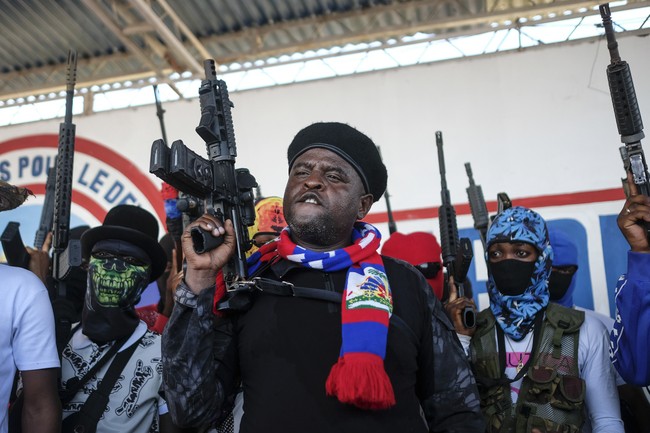Shocking Toll: Women and Children in Gaza Conflict
In the ongoing Israel-Hamas conflict, the United Nations reports disturbing trends: nearly 70% of Gaza's war victims are women and children, sparking global concern over humanitarian violations.
Published November 09, 2024 - 00:11am

Image recovered from arabnews.com
The ongoing conflict between Israel and Hamas, which has raged for over a year, continues to claim a staggering number of lives, predominantly women and children, as reported by various international and regional news agencies. The United Nations Human Rights Office has verified that women and children comprise nearly 70% of the fatalities in Gaza, highlighting a significant violation of international humanitarian law. The youngest victim, tragically noted, was just a one-day-old boy, while the oldest was a woman aged 97, underscoring the indiscriminate nature of the violence and the impact on the most vulnerable.
According to the report, the UN's verification covers the first seven months, contrasting with higher casualty figures reported by Palestinian health authorities. This divergence in numbers points to the challenges in verifying the true scale of the conflict's toll. The UN's findings, however, lend credence to the assertions by Palestinian groups that the devastation has disproportionately affected women and children. Volker Turk, the United Nations High Commissioner for Human Rights, called for accountability and the preservation of evidence of these violations, urging the involvement of credible judicial bodies to address these issues.
The response from Israel suggests a different narrative. The Israeli military, while acknowledging civilian casualties, places the blame on Hamas, accusing it of using civilians as human shields and situating military facilities within civilian areas. This claim is firmly denied by Hamas, which refutes using civilian infrastructure as cover.
The chilling statistics reveal that 44% of the verified victims are children, with a significant number falling in the five to nine-year-old age bracket. This demographic data not only highlights the youthfulness of Gaza's population but also the scale of the tragedy impacting young lives. The use of weaponry with wide area effects has resulted in multiple fatalities per incident, suggesting breaches of international rules mandating the protection of civilians during conflict.
Further reports underline the crippling humanitarian crisis in the Gaza Strip, where the Israeli blockade and military actions have led to widespread hunger, injury, and disease. The civilian population has borne the brunt of this onslaught, and the sustained blockade has hampered access to essential humanitarian aid, exacerbating the suffering. Official Israeli responses to these accusations typically dismiss UN findings, criticizing them as biased and pointing to their ongoing operations' focus on degrading Hamas capabilities.
Controversy stems also from Israeli claims regarding Hamas's actions, including alleged hostage-taking, torture, and infrastructure destruction, which the UN report confirms as part of its broad-ranging investigation into both sides' conduct. This complexity adds layers to understanding the conflict, where violations from both factions have been documented, creating a complex picture of accountability and responsibility.
Critically, the UN's data aligns closely with casualty reports from Gaza's health authorities, which have faced skepticism but are considered largely reliable by multiple international watchdogs. The statistical rigor applied by the UN, demanding multiple sources for verification, further bolsters the credibility of this grim tally from the region.
The broader international community views these developments with alarm, emphasizing the need for robust mechanisms to ensure justice and prevent further escalation. The UN High Commissioner, Volker Turk, alongside other international figures, stresses an urgent recalibration of military tactics and greater international cooperation to navigate the humanitarian quagmire that Gaza represents.
This portrait of devastation in Gaza underscores not only the immediate human cost but also the broader implications for international relations and the perennial pursuit of peace in the Middle East. The landscape of destruction, marked by profound human suffering, demands urgent attention to halt spiraling violence and initiate reconciliation efforts that prioritize civilian protection.






